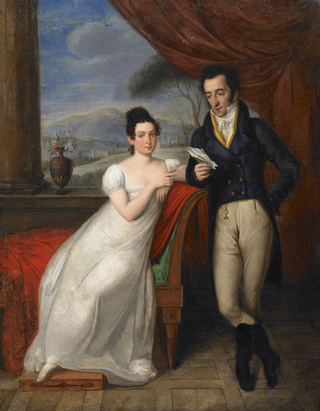
Vincenzo Camuccini was an Italian painter of Neoclassic histories and religious paintings. He was considered the premier academic painter of his time in Rome.

Lotz Károly Antal Pál, or Karl Anton Paul Lotz was a German-Hungarian painter.
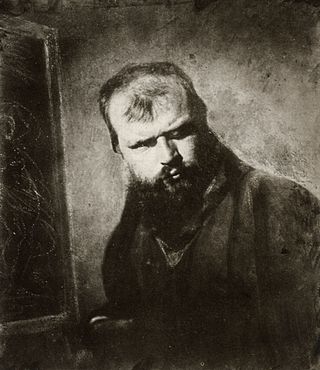
Carl Rahl, sometimes spelled Karl Rahl, was an Austrian painter.
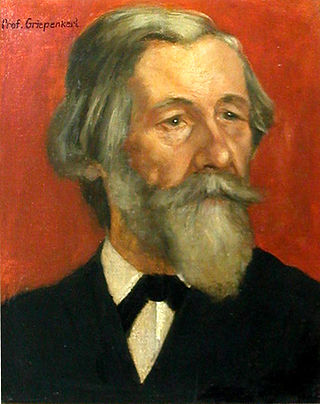
Christian Griepenkerl was a German painter and professor, best known for rejecting Adolf Hitler's application to train at the Academy of Fine Arts Vienna.
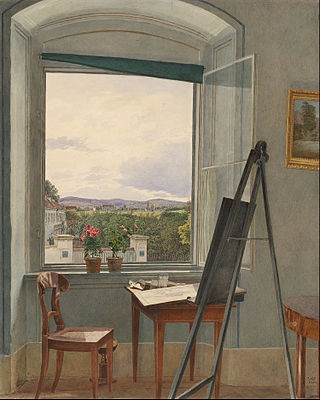
Jakob Alt was a German painter and lithographer.
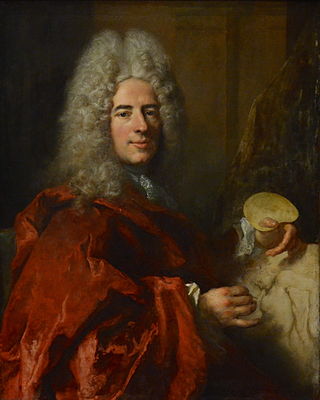
Jacques Antoine Arlaud was a Genevan miniature painter.

August Gotthold Dietrich Hugo, Baron von Blomberg, a poet and painter, was born at Berlin in 1820. He studied under Karl Wilhelm Wach in the Academy at Berlin, and under Léon Cogniet at Paris, and copied Rubens's works in the Louvre. He died at Weimar in 1871. Among his paintings may be mentioned:

Albert Heinrich Brendel, who was born in Berlin in 1827, studied in the Prussian Academy of Arts under Wilhelm Krause. In 1851 he went to Paris, and studied under Couture and Palizzi; thence to Italy, and home to Berlin in 1853, completing his studies under Carl Steffeck. For the next ten years he lived mainly in Paris, and worked in the summer months at Barbizon school, in the forest of Fontainebleau, which was also the scene of the labours of Jean-François Millet, Théodore Rousseau, Narcisse Virgilio Díaz, Constant Troyon, and other artists; and he continued, till 1869, to visit Barbison in the summer, after he moved in 1865 to Berlin for the winter. In 1868 he was made a member of the Berlin Academy, and in 1875 became professor at the Weimar Saxon-Grand Ducal Art School. His first works were sea-pieces, but afterwards he devoted himself to animal painting, in which he was very successful. He received medals at various exhibitions at Paris, Berlin, Munich, Vienna, and Nantes. He died in 1895.

Edmund Bristow was an English animal, still life and subject painter.

John James Chalon was a Swiss painter active in England. He treated a wide range of subjects — landscapes, marine scenes, animal life, and figure-pieces.

François Barthélemy Michel Édouard Cibot (1799–1877) was a French historical and landscape painter born in Paris. His masters were Guérin and Picot. During the first part of his career he devoted himself to historical painting, producing many sacred works, several specimens of which are to be seen in the churches of Paris. His most important work of this kind is the series of paintings representing Charity, in the church of St. Leu at Paris. About 1863 he applied himself to landscape painting. He died in Paris in 1877. Amongst his best works are:

Paul Dax (1503–1561) was an Austrian artist. Paul Dax is known for his self-portrait dating to 1530, considered to be the earliest autonomous self-portrait from Austria.

Franz Xaver Eggert was a German glass painter.
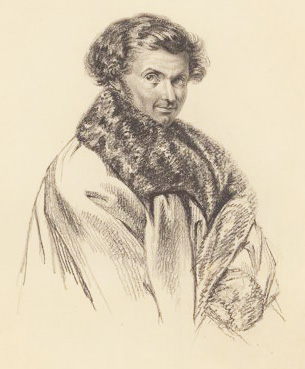
Johann Christian Michel Ezdorf or Etzdorf (1801–1851), a German landscape painter, was born at Pösneck, in the duchy of Saxe-Meiningen. He studied landscape painting in Munich and its environs, and displayed an especial talent in representing gloomy forests, taking as his models the works of Ruisdael and Van Everdingen. He visited Norway, the North Cape, Sweden, Iceland, and England. One of his best paintings is in the Modern Gallery at Munich; it represents a Forge by the side of a Waterfall. He died at Munich in 1851.
Eduard Clemens Fechner was a German portrait painter and an etcher.
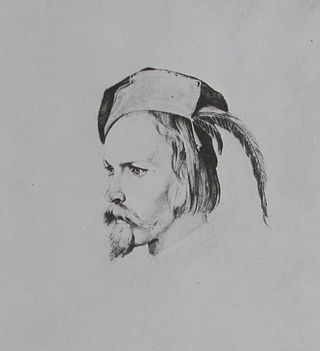
Daniel Fohr, born at Heidelberg in 1801, first studied science, which he afterwards abandoned for the art of painting. After studying some time by himself, he went to Munich in 1829, and then to the Tyrol. He was court painter to the Grand-Duke of Baden, and died at Baden-Baden in 1862. There are by him in the Gallery at Carlsruhe:

Davide Antonio Fossati, a painter and etcher, was bom at Morcote, Ticino, Switzerland in 1708, and studied drawing under Vicenzo Maria Mariotti at Venice, and painting under Daniel Gran, with whom in 1723 he went to Vienna. In 1728 he painted the dining-hall in the monastery of St. Martinsberg at Pressburg; but in 1730 he returned to Venice, and in the next year executed the wall-paintings in the villa at Torre, near Este, as also in the nunnery of Santa Margaretta, near Lauis. He afterwards took to etching, but did not succeed at first. His death occurred at Vienna in 1795. His works as a painter are little known, but he has left among his later and happier efforts several etchings of landscapes and historical subjects after various masters.
Eduard Frederich, born at Hanover in 1813, attended the Academy at Düsseldorf from 1836 to 1843, and studied in particular landscape and genre painting, which he, however, changed afterwards for scenes of encampments and manoeuvres. He was court painter, and died at Hanover in 1864.
Karl Friedrich Fries, studied first at the Academy at Munich, and afterwards under Berdellé. He visited Vienna, and painted there under Rahl; then went to Venice, Florence, and Calabria, where he studied the old masters. His style much resembles that of the Venetian painters.
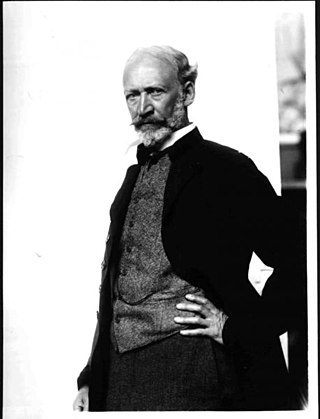
Hans Bitterlich was an Austrian sculptor.

















